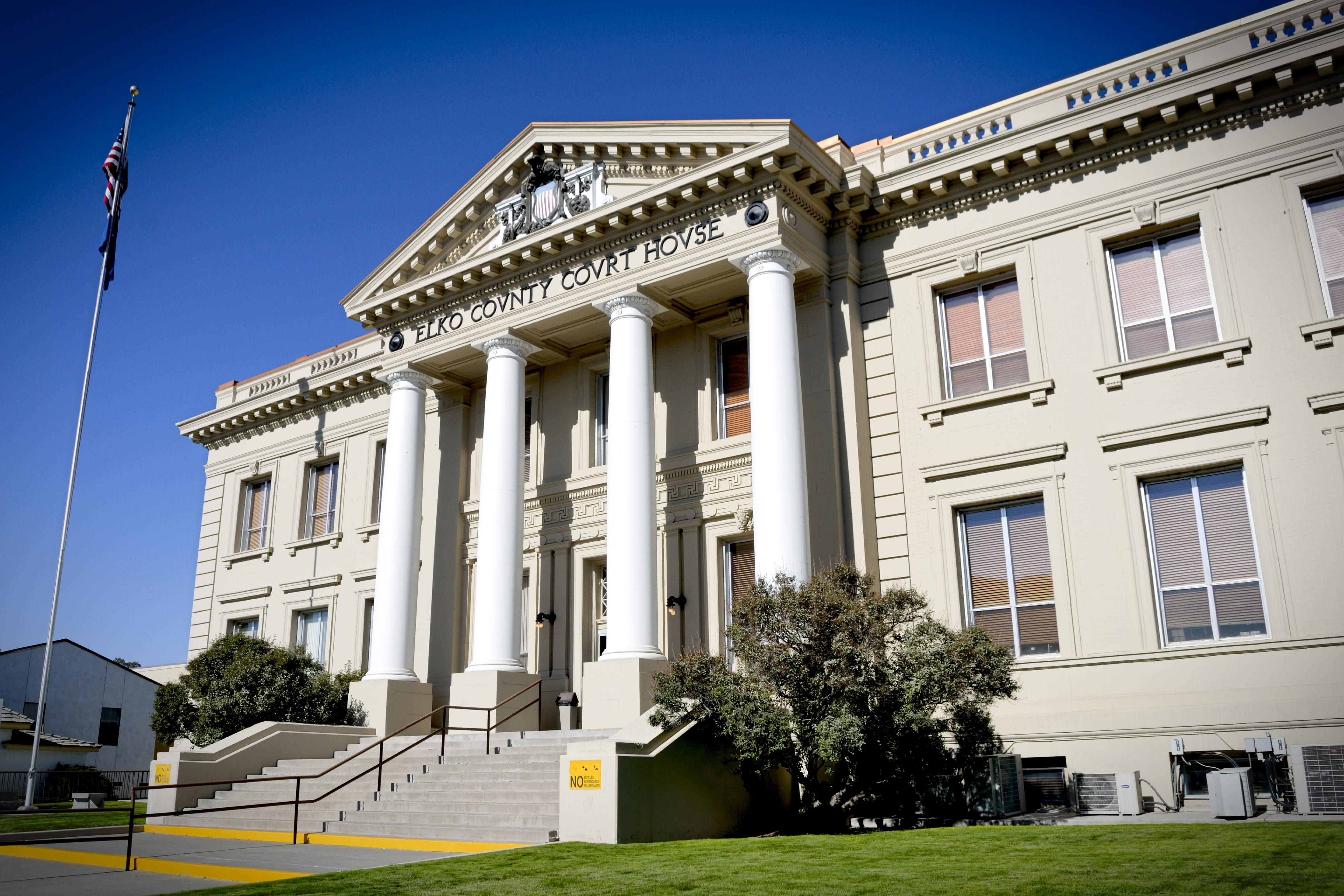What plant hardiness zone am I in?
Plant Hardiness Zone Map
More Information
What is my USDA Plant Hardiness Zone?
Find your 2023 USDA Plant Hardiness Zone based on your current device location, along with a map of plant hardiness zones in your area and in the United States.
Compare the 2023 and 2012 USDA Plant Hardiness Zone Maps to see how the zones have changed over the last decade in your area.
Minimum winter temperatures are a major determinant of whether a particular plant selection can be successfully grown outside year around. There are other factors that influence plant survival, such as snow cover, summer heat, humidity, soil moisture, and spring frosts.
What are Plant Hardiness Zones?
Plant hardiness zones are a system used by gardeners, landscapers, and agriculturalists to help determine which plants are best suited for a specific location. The map of the United States is commonly broken up into 11 zones ranging from zone 1A (the most cold-hardy) to zone 11B (the least cold-hardy). The exact borders of each zone are based on the average minimum winter temperature in that region.
This plant hardiness zone map shows the range of temperatures where plants can survive the winter. The plant hardiness zone is determined by the minimum temperatures and the minimum number of days in a year where the minimum temperature is reached. The plant hardiness zone is helpful because it allows you to select plants that will survive the winter in your area. This will help ensure that your plants are able to survive the winter and are able to provide you with the fruit or vegetable that you are hoping for.
The first geographical zone map was created by the United States Department of Agriculture (USDA) in 1920s to help farmers determine which plants would be best suited for the climate in their area. Since then, it has been a valuable tool for gardeners and farmers to determine which plants are best suited for their region. Plant hardiness zones are a system of mapping the climate of a region. They provide a range of temperatures and the plants that can be successfully grown in those areas.
Dynamic Plant Hardiness Map
Unlike other plant hardiness websites and maps, this site offers a fully dynamic and interactive map that allows you to zoom and pan to see the exact zone and microclimate for your location according to the USDA.
You can find the zone based on your current device location, or by searching for your city, town, ZIP code, or you can search for the zone based on the address you wish to locate.
Plant Hardiness Zone Atlas
Our plant hardiness zone atlas has a list of cities in the United States to help you find the USDA zone of any location in the country.
About Elko County, Nevada

Elko County is a county in the northeastern corner of Nevada, United States. As of the 2020 census, the population was 53,702. Its county seat is Elko. The county was established on March 5, 1869, from Lander County. Elko County is the fourth-largest county by area in the contiguous United States, ranking lower when the boroughs of Alaska are included. It is one of only 10 counties in the U.S. with more than 10,000 square miles (25,900 km2) of area. Elko County is the second-largest county by area in Nevada, with only Nye County being larger. Elko County is part of the Elko micropolitan statistical area. It contains 49.8 percent of the Duck Valley Indian Reservation, set up in the late 19th century for the Shoshone-Paiute peoples; they are a federally recognized tribe. Although slightly more than 50% of the reservation is across the border in Owyhee County, Idaho, the majority of tribal members live on the Nevada side. The reservation's land area is 450.391 square miles (1,166.5 km2).
About Hardiness zone
A hardiness zone is a geographic area defined as having a certain average annual minimum temperature, a factor relevant to the survival of many plants. In some systems other statistics are included in the calculations. The original and most widely used system, developed by the United States Department of Agriculture (USDA) as a rough guide for landscaping and gardening, defines 13 zones by long-term average annual extreme minimum temperatures. It has been adapted by and to other countries in various forms. A plant may be described as "hardy to zone 10": this means that the plant can withstand a minimum temperature of 30 to 40 °F.